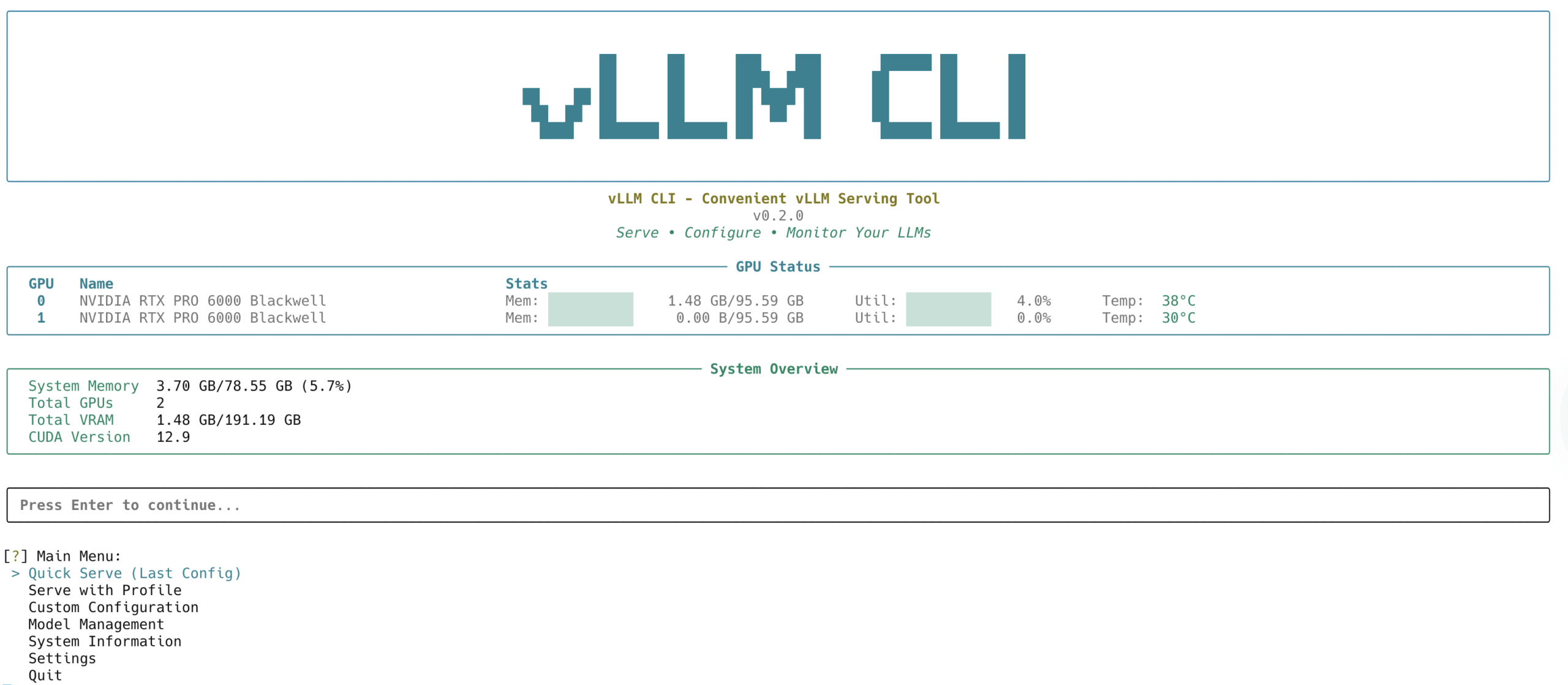The main steps in developing a real-time audio and video AI agent are as follows:
- Hardware preparation: Ensure that audio input devices (microphones) and video input devices (cameras) are working properly
- Initializing the Processor::
- Initializing audio inputs/outputs with PyAudio
- Configuring the Video Input Module
- Building the processing pipeline::
- Create input processor combinations (video + audio inputs)
- Adding a LiveProcessor connection to the Gemini Live API
- Adding an Audio Output Module
- Execute the processing loop: Process input streams and outputs via async asynchronous iteration
Sample code snippet:
input_processor = video.VideoIn() + audio_io.PyAudioIn(pya)
live_processor = LiveProcessor(api_key="API_KEY")
live_agent = input_processor + live_processor + audio_io.PyAudioOut(pya)
async for part in live_agent(text.terminal_input()):
print(part)This answer comes from the articleGenAI Processors: lightweight Python library supports efficient parallel processing of multimodal contentThe















